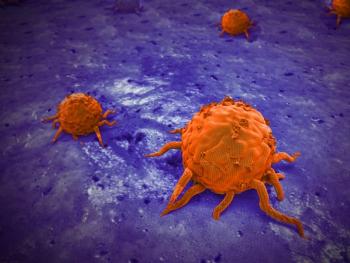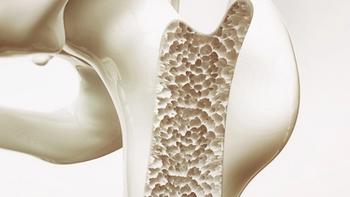
Oncology NEWS International
- Oncology NEWS International Vol 16 No 1
- Volume 16
- Issue 1
Digital Mammography Best for Young Women With Dense Breasts
New subgroup analyses from the Digital Mammographic Imaging Screening Trial (DMIST) Investigators Group confirm previous results that digital screening mammography is significantly more accurate than film screening mammography in young women with dense breasts but not in women overall.
CHICAGONew subgroup analyses from the Digital Mammographic Imaging Screening Trial (DMIST) Investigators Group confirm previous results that digital screening mammography is significantly more accurate than film screening mammography in young women with dense breasts but not in women overall. Etta Pisano, MD, of the University of North Carolina School of Medicine, Chapel Hill, reported the data at the 2006 Radiological Society of North America meeting (abstract SSA15-02).
DMIST enrolled 49,528 women from 33 imaging centers in the US and Canada. All of the women had both digital and film mammography, interpreted by two readers. Findings were available for 42,760 women who underwent biopsy for a suspicious lesion or who had 1-year follow-up examination. Primary results from the study published in 2005 included 15 data analyses. The results presented at RSNA included 10 additional analyses.
The new analyses of DMIST data indicated that digital mammography was significantly better than film mammography for detecting breast cancer in one group of womenpre- or perimenopausal women with dense breast tissue (P = .0015). However, as in the original analyses, digital technology did not confer a diagnostic advantage in detecting breast cancer across-the-board. According to Dr. Pisano, subgroup analyses showed no significant difference between digital and analog mammography in breast cancer screening for any other segment of women classified by age, menopausal status, and breast density. The subgroup analyses also showed that analog mammography was slightly superior to digital technology for screening women over age 65 with fatty breasts, although the difference was not significant, she said.
Dr. Pisano believes the results favoring digital mammography in younger women with dense breasts may be due to differences in contrast. "My hypothesis is that contrast for digital mammography has been optimized for dense breasts, but not for fatty breasts," she said.
Articles in this issue
almost 19 years ago
Nab-Paclitaxel Bests Docetaxel in First-Line Met Breast Caalmost 19 years ago
Congress Plans to Keep NCI Operating at FY2006 Budgetalmost 19 years ago
Lenalidomide Is Active in Relapsed and Refractory NHLalmost 19 years ago
Self-Hypnosis Reduces Anxiety During Breast Biopsyalmost 19 years ago
With Decrease in HRT Use, Breast Ca Incidence Rates Fallalmost 19 years ago
MK-0457 'Glides Past' Bcr-Abl T315i Mutationalmost 19 years ago
Dasatinib Superior to High-Dose Imatinib in Resistant CMLalmost 19 years ago
Lilly 2006 Oncology on Canvas Winners 'Embrace Life'Newsletter
Stay up to date on recent advances in the multidisciplinary approach to cancer.



















































































